Table of Contents
Suede clothing and accessories like shoes, belts and handbags have a reputation for being difficult to clean and maintain. Unfortunately, that reputation is well-earned — suede is, indeed, a delicate and temperamental material that requires more care than hides like leather or even sheepskin.
When it comes to keeping suede clothing and accessories looking their best, there are three skills you’ll need to know and to master. The first is protecting the suede, which is delicate and easily damaged. Then, there is cleaning the suede when it becomes soiled or stained. And finally, because it is so delicate and easily damaged, it is important to perform routine maintenance in between wearings, and to properly store suede items when not in use.
To inform this guide to suede care we consulted fabric and shoe experts, and broke down each of the three critical methods for caring for suede in easy-to-follow steps.
How, and why, to use protective treatments on suede
Because suede is more prone to damage from water, spills and every day wear, the best thing you can do to keep suede clothing and accessories looking good and lasting a long time is to apply a protective treatment to them. Shoe care expert Cristina Ehm, who runs the blog Shoe Tease, says to reapply protective treatments every six weeks. Protective treatments should also be reapplied if suede has been exposed to wet weather.
A protective spray is an essential for keeping suede looking its best and to ensure it lasts a long time.
Apply a protective spray before wearing any suede item for the first time, and reapply it regularly. “How often it needs to be reapplied,” Wayne Edelman, president of Meurice Garment Care, says, “really depends on the frequency of use of the item. At a minimum, I would recommend a seasonal application. In order to keep these items looking their best it is recommended not to use or wear during inclement weather.” For best results, make sure the suede is clean and dry before applying a protective spray.
• Step 1: Shake the bottle. Holding the nozzle six inches away from the suede, apply an even coat to the suede so that it is wet, but not soaked.
• Step 2: Allow the suede to dry for 24 hours; avoid direct sunlight or heat.
• Step 3: After the suede dries, use a suede brush, working in one direction, to restore the nap.
How to maintain suede between uses
In addition to applying a protective coating, giving suede clothing and accessories a bit of extra care in between wearings will help to keep it looking practically brand new. “Examine suede for dirt and stains regularly,” Edelman says, “minor soil can be brushed off using a good suede brush.”
Giving suede a quick brushing after wearing it will help to keep it from becoming dingy, by removing dirt, dust and other environmental soils before they can build up. Brushing also helps to restore the nap, keeping suede from looking matted and sad.
Use a suede and nubuck eraser to quickly remove stains from suede, including road salt rings on shoes and stains from food and drink spills.
Proper storage is another important element of suede care. “Never put items away wet,” Edelman says. “Footwear should be stored using shoe or boot trees properly inserted into items. Purses and handbags should be filled with tissue paper in order to maintain their shape and stored in cloth bags.”
Suede shoes are more prone to creasing than most other materials, especially along the toe box, leaving the shoes looking rumpled and old. To prevent this, insert crease protectors when not wearing the shoes.
“You can also stuff them with paper to help them maintain their shape while they dry,” Frej Lewenhaupt, co-founder and CEO of Steamery, says.
“Outerwear should be hung on a proper sized form fitting hanger,” Edelman says, “and not hung in direct sunlight to avoid fading.
For longer term storage, use breathable shoulder covers or garment bags to protect suede outerwear when not being worn.
“Never store suede items in plastic dry cleaning bags,” Edelman says, “it is best to cover them with a non-woven or cloth breathable bag or shoulder cover.”
Even the most well-protected suede item can easily become stained and grimy looking over time, and will need to be cleaned. It’s important to use a gentle touch when cleaning suede, to prevent permanent damage to the delicate material. “Due to the nature of the skin,” Edelman says, “aggressive rubbing or brushing can damage the nap and or remove color.”
When buying a shoe care kit, look for one that includes a brush and a suede eraser in addition to protective and cleaning agents.
Suede care kits are a good buy for people looking for a full suite of shoe care products and tools that can also be used on everything from footwear to outerwear. To clean suede, follow these steps:
• Step 1: Use a suede brush to remove dust or grime particles.
• Step 2: Treat stains by dabbing suede cleaner on them using a light-colored cloth. Take care not to saturate the shoe when applying a suede cleaner.
• Step 3: Allow the shoes to air dry, away from direct sunlight or heat.
If you already have a suede brush and/or a suede eraser, suede cleaner can be purchased as a standalone product. A cleaner and conditioner removes stains from suede, and conditions the material, extending its lifespan.

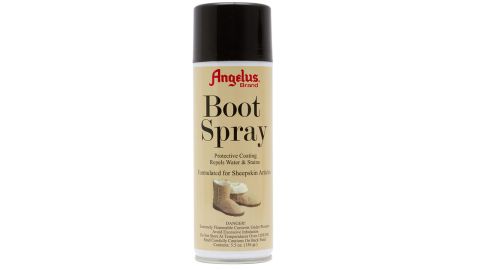
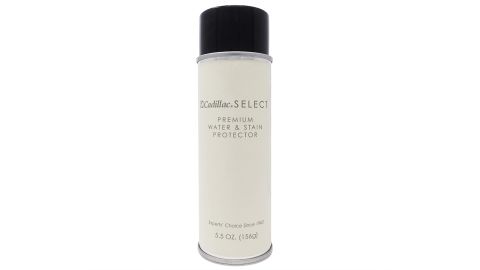
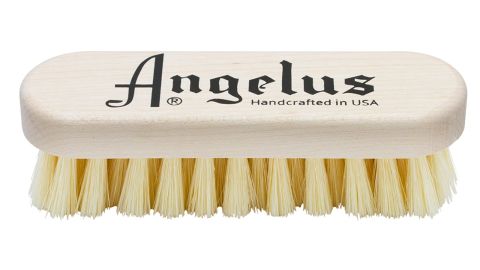
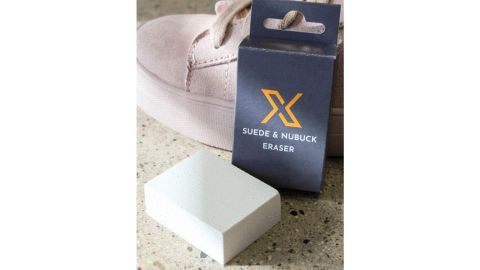
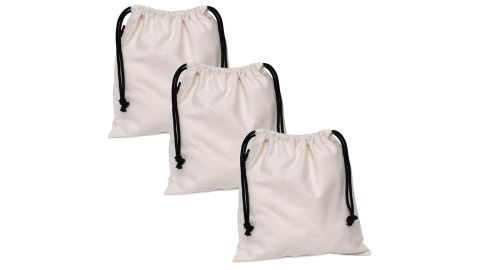
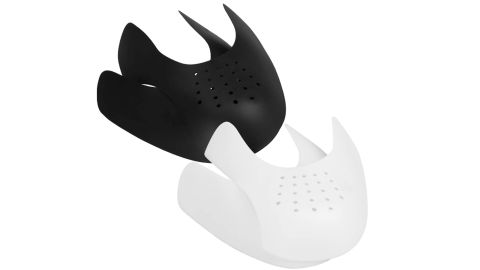
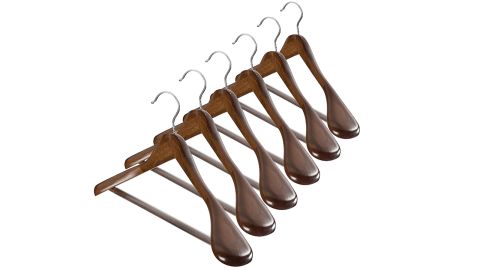
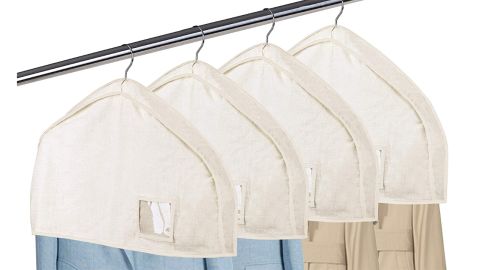
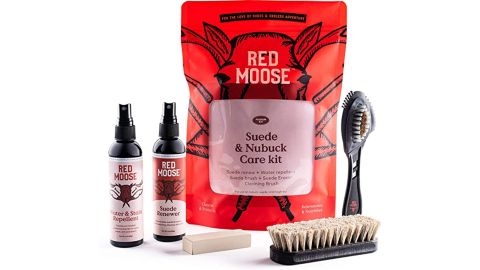
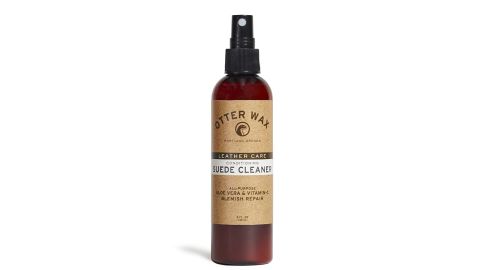
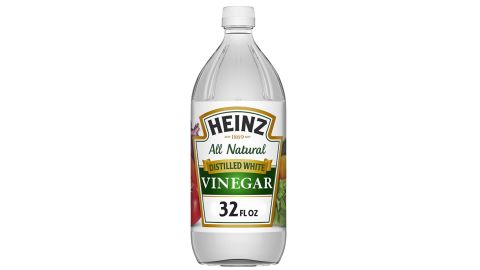

:max_bytes(150000):strip_icc():focal(999x0:1001x2)/rita-moreno-2024-oscars-031024-54cb2c55c28543c6893ec395fd29d6de.jpg)


